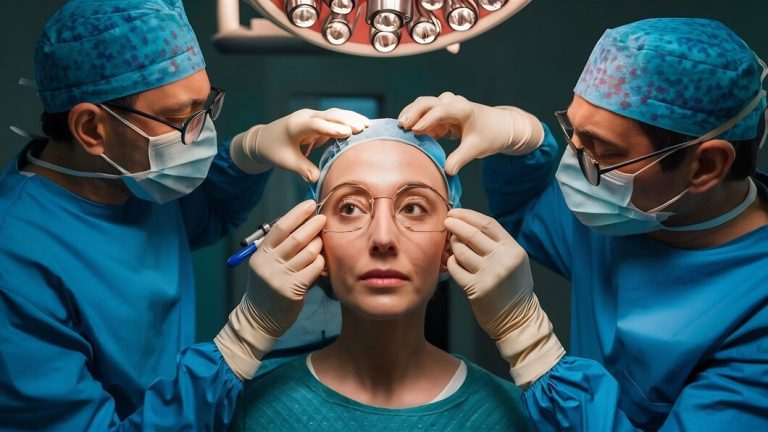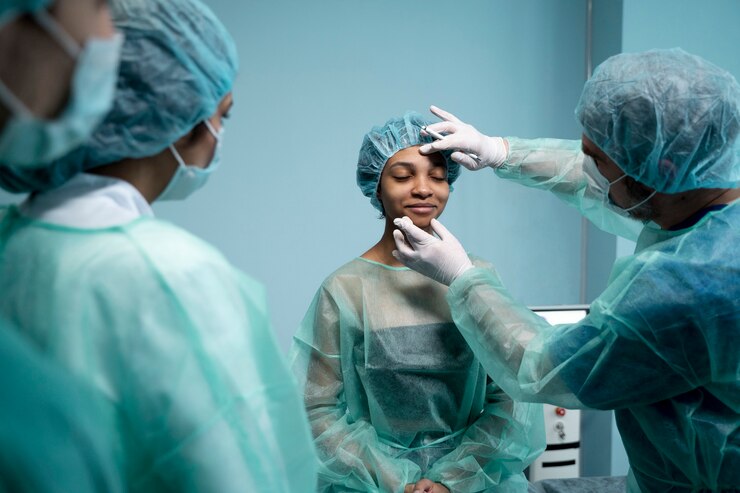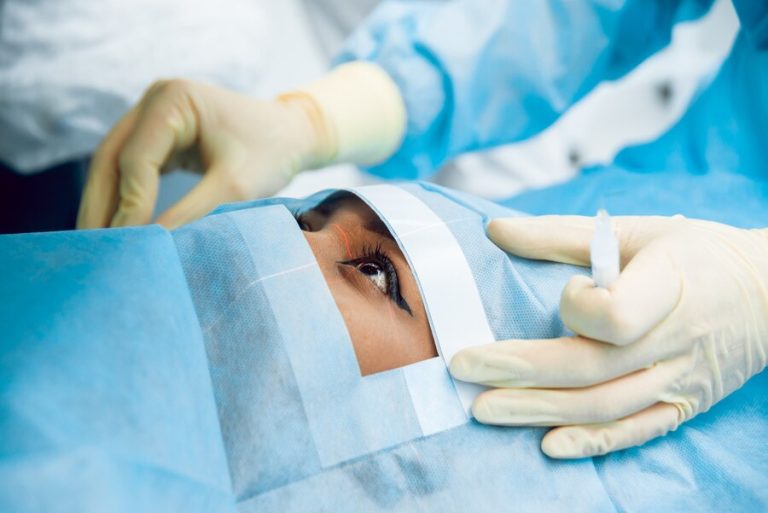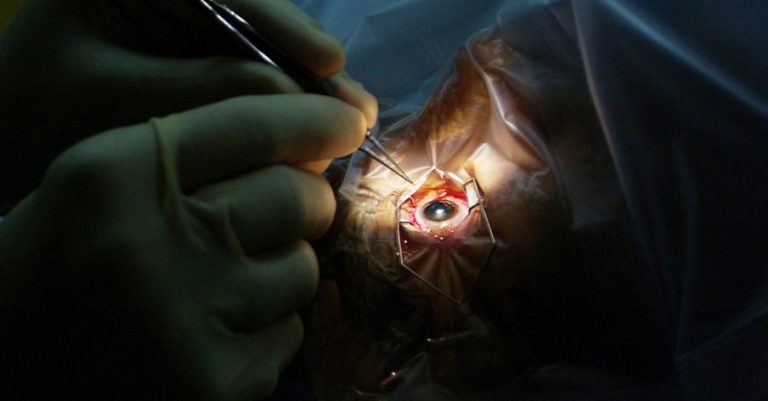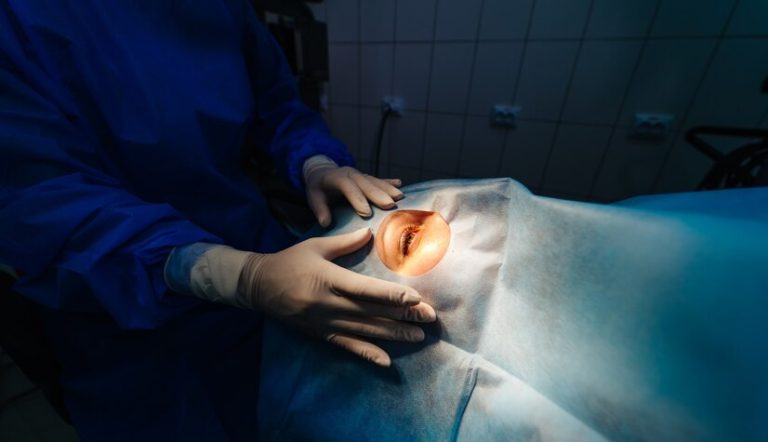Advancements In Eye Surgery Repair: New Technologies And Approaches
Eye surgery has come a long way in recent years, with innovative technologies and new approaches revolutionizing the field of ophthalmology. These advancements have improved outcomes for patients requiring eye surgery repair, including faster recovery times and better visual acuity. In this article, we’ll explore the latest developments in eye surgery repair and how they are shaping the future of ophthalmology.
Femtosecond Laser Technology
Femtosecond laser technology is one of the most significant advancements in eye surgery repair. This type of laser, which emits ultra-short pulses of light, is used in various ophthalmic procedures such as cataract surgery and corneal surgery. In cataract surgery, the femtosecond laser can create precise incisions and fragment the cataract, allowing for easier removal and more accurate placement of the intraocular lens. In corneal surgery, the laser can be used for procedures like LASIK and corneal transplants, providing more accurate and less invasive results.
3D Visualization and Surgical Navigation
The use of 3D visualization and surgical navigation systems has greatly improved the precision and safety of eye surgery repair. Surgeons can now use 3D imaging to visualize the eye’s internal structures in real time during surgery, allowing for more precise and targeted procedures. These systems also provide enhanced depth perception and spatial awareness, reducing the risk of complications and improving surgical outcomes.
Artificial Intelligence and Machine Learning
Artificial intelligence (AI) and machine learning are transforming the field of ophthalmology by aiding in diagnosis, surgical planning, and postoperative care. AI algorithms can analyze large datasets of patient information and imaging scans to identify patterns and predict outcomes. This can help surgeons make more informed decisions and tailor treatments to individual patients. Additionally, AI-powered robotic systems are being developed to assist surgeons during delicate procedures, further enhancing precision and safety.
Minimally Invasive Glaucoma Surgery
Minimally invasive glaucoma surgery (MIGS) is a newer approach to treating glaucoma that involves smaller incisions and less tissue manipulation compared to traditional surgeries. These procedures aim to improve the drainage of aqueous humor from the eye, reducing intraocular pressure. MIGS devices and techniques, such as the iStent and the Xen Gel Stent, offer a safer and more effective option for glaucoma patients with faster recovery times and fewer complications.
Retinal Imaging and Treatment
Advancements in retinal imaging, such as optical coherence tomography (OCT), have revolutionized the diagnosis and treatment of retinal conditions. OCT provides high-resolution, cross-sectional images of the retina, allowing for early detection of conditions such as macular degeneration and diabetic retinopathy. Additionally, new treatments like anti-VEGF injections have significantly improved outcomes for patients with retinal diseases by inhibiting abnormal blood vessel growth and preserving vision.
Corneal Transplantation Techniques
Corneal transplantation has seen significant advancements in recent years, particularly with the development of lamellar keratoplasty techniques. These procedures, such as DMEK (Descemet’s membrane endothelial keratoplasty) and DSEK (Descemet’s stripping endothelial keratoplasty), involve selectively transplanting specific layers of the cornea rather than the entire cornea. This results in faster healing, reduced risk of rejection, and better visual outcomes for patients.
Customized Vision Correction
Customized vision correction, also known as wavefront-guided LASIK, is a technique that tailors the LASIK procedure to the unique visual characteristics of each patient’s eyes. By using detailed wavefront measurements, surgeons can create a personalized treatment plan that addresses higher-order aberrations and improves visual acuity. This approach can lead to better post-surgical vision quality and reduced glare and halos for patients.
Advances in Anesthesia and Pain Management
Advances in anesthesia and pain management techniques have made eye surgery repair more comfortable for patients. Local anesthesia, often combined with sedation, allows patients to remain awake during surgery while minimizing discomfort. Additionally, improved postoperative pain management strategies help patients recover more comfortably after surgery.
Teleophthalmology and Remote Monitoring
Teleophthalmology and remote monitoring technologies are transforming how patients receive eye care. Remote consultations allow patients to access specialized care without the need for travel, while remote monitoring devices can track patients’ conditions and provide real-time data to healthcare providers. These technologies improve access to care, especially for patients in rural or underserved areas.
Patient Education and Engagement
With the rise of digital health tools, patients are becoming more informed and engaged in their own eye care. Online resources, mobile apps, and virtual support groups help patients understand their conditions and treatment options, leading to better adherence to treatment plans and improved outcomes.
Conclusion
Advancements in eye surgery repair are reshaping the field of ophthalmology and improving outcomes for patients worldwide. From femtosecond laser technology and 3D visualization to minimally invasive techniques and customized vision correction, these innovations are providing more precise, safer, and more effective treatments. As technology continues to evolve, we can expect further breakthroughs that will enhance the quality of eye care and the lives of patients with vision impairments.
For any further queries, Plz visit drvivekgarg.in


